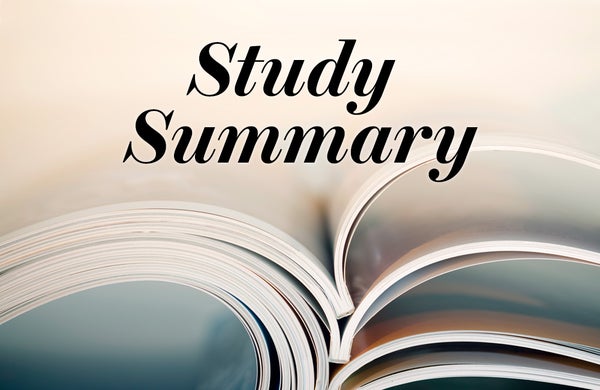The following text is an AI-generated, expert-checked summary of a key research study cited in a feature article from Scientific American’s May 2023 issue: Synthetic Morphology Lets Scientists Create New Life-Forms by Philip Ball.
You can find the study itself here: Interspecies Chimerism with Mammalian Pluripotent Stem Cells by Wu et al., published in Cell in 2017.
Interspecies blastocyst complementation is a method that could help create human organs in animals. These organs would be more similar to human organs in size, structure, and function. However, it is not clear if human pluripotent stem cells (hPSCs) can be used to make chimeras—organisms that have cells from different species—in animals other than rodents.
Jun Wu from the Salk Institute for Biological Studies led a study that used a technique called CRISPR-Cas9 to edit the genes of animal embryos. This allowed rat stem cells to become part of several tissues in mice that could not form organs on their own. The researchers also tested different types of hPSCs in a group of mammals called ungulates, which includes pigs and cows.
They found that one type of hPSCs could join with pig and cow embryos before they were implanted but had limited success after implantation in pig embryos. Another type of hPSCs showed better results and was able to form different types of cells in pig embryos after implantation.
These findings show that human pluripotent stem cells can become part of ungulate embryos, but the process is not very efficient. If this method can be improved, it could help us learn more about how human embryos develop, test new drugs using animals with human-like organs, study how human diseases start and progress in living organisms, and possibly create human tissues and organs for transplantation. This could help address the shortage of organ donors around the world.
